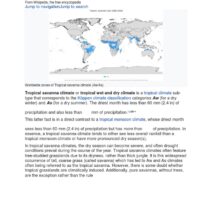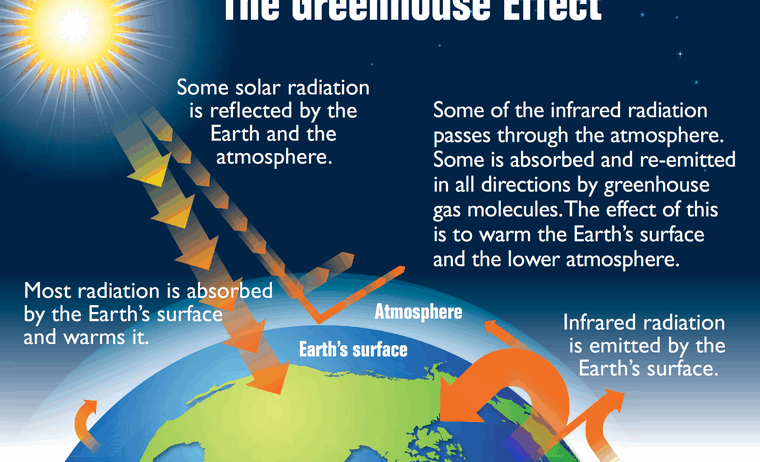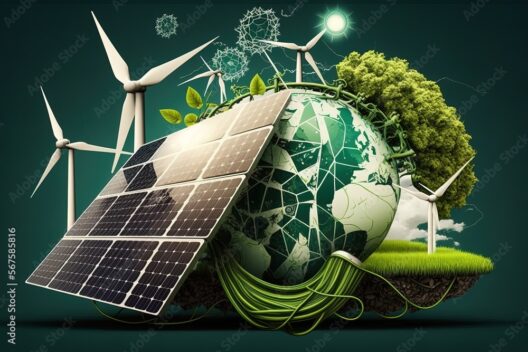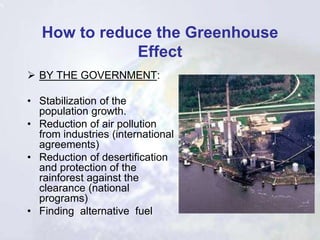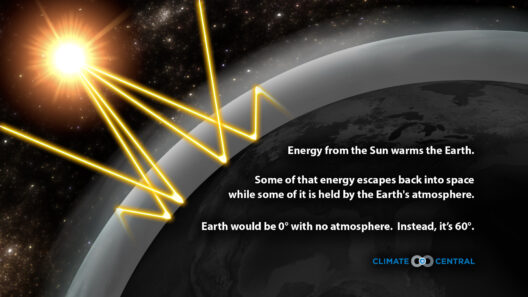The greenhouse effect is an intrinsic and pivotal phenomenon that sustains life on Earth. Imagine a glasshouse that envelops plants, creating a warm, nurturing environment for them to thrive. Now, consider how the same principle applies to our planet in a more complex and global context. The greenhouse effect is central to understanding Earth’s energy balance, fundamentally influencing temperatures and climate patterns. Let us embark on a journey to explore this fascinating concept, its mechanics, and its far-reaching implications.
What exactly is this greenhouse effect, and why does it matter? Is it merely a scientific term, or does it hold the key to the future of our planet? This article seeks to clarify the essence of the greenhouse effect and pose a challenge: How can we mitigate its adverse impacts while still harnessing its life-sustaining benefits?
The Mechanics of the Greenhouse Effect
At its core, the greenhouse effect is a natural process wherein certain gases in the Earth’s atmosphere trap heat. The sun emits energy in the form of solar radiation, which reaches our planet and warms its surface. Some of this energy is then radiated back into space as infrared radiation. However, greenhouse gases, including carbon dioxide (CO2), methane (CH4), and nitrous oxide (N2O), absorb and re-radiate this energy, keeping the Earth’s surface warm.
This intricate dance of energy transfer is essential for maintaining the planet’s climate. Without the greenhouse effect, the Earth would be inhospitably cold, averaging a frigid -18 degrees Celsius (0 degrees Fahrenheit). Instead, we enjoy a comfortable average temperature of approximately 15 degrees Celsius (59 degrees Fahrenheit), enabling life as we know it.
However, the question arises: To what extent can our planet’s greenhouse effect be altered? The increase in human activities since the Industrial Revolution has substantially augmented the concentration of greenhouse gases, leading to a phenomenon known as anthropogenic climate change. These increased levels of greenhouse gases are causing temperatures to rise, resulting in alarming consequences for ecosystems, sea levels, and weather patterns.
Types of Greenhouse Gases: The Usual Suspects
While discussing the greenhouse effect, it is crucial to identify the primary greenhouse gases and their respective contributions. Each gas has unique properties and varying levels of heat-trapping capability.
Carbon dioxide (CO2) is the most notable greenhouse gas, primarily emitted through fossil fuel combustion, deforestation, and some industrial processes. As one of the longest-lived greenhouse gases in the atmosphere, its persistence exacerbates warming.
Methane (CH4), while less abundant, is significantly more effective at trapping heat—about 25 times more than CO2 over a 100-year period. Sources include agriculture (especially enteric fermentation in livestock), landfills, and the production of natural gas.
Nitrous oxide (N2O), although present in smaller quantities, has a remarkable warming potential—approximately 298 times greater than CO2 over the same time frame. This gas mainly originates from agricultural activities and the use of synthetic fertilizers.
A lesser-known greenhouse gas, water vapor, also plays a crucial role in the greenhouse effect. It amplifies warming by increasing atmospheric humidity, yet its concentration is primarily influenced by natural processes rather than direct human activities. This interdependence of greenhouse gases and their roles creates a complex web of interactions in the atmosphere.
The Impact of Climate Change: A Global Challenge
As we progress deeper into the 21st century, the repercussions of enhanced greenhouse gas concentrations have become alarming. Rising global temperatures lead to a cascade of effects, manifesting as intensified weather phenomena, rising sea levels, and shifting ecological systems.
The increase in temperature also influences the melting of glaciers and polar ice sheets. This melting raises sea levels, endangering coastal communities and ecosystems. Furthermore, changing climate conditions exacerbate extreme weather, leading to more frequent heatwaves, flooding, hurricanes, and droughts—events that threaten food and water security worldwide.
Moreover, the interplay between the greenhouse effect and climate change challenges natural habitats. Species must adapt or face extinction as their environments transform. Ecosystems that depend on specific climatic conditions are particularly vulnerable, challenging biodiversity and ecological harmony.
Addressing the Climate Conundrum: Solutions in Our Grasp
The brighter side of this predicament is that we have agency in addressing the challenges posed by the greenhouse effect and climate change. By reducing greenhouse gas emissions through renewable energy adoption, energy efficiency improvements, and sustainable land use practices, we can slow the changes we currently witness.
Furthermore, natural solutions such as reforestation and afforestation play a critical role in sequestering carbon dioxide from the atmosphere. Investing in carbon capture technology could also mitigate emissions from industrial processes, providing a glimmer of hope in our battle against climate change.
Ultimately, the story of the greenhouse effect is one of balance. It demonstrates how a natural process, essential for life, can become a formidable adversary when pushed out of equilibrium. The challenge remains for society to triumph over inertia and embrace sustainable practices, ensuring that we restore Earth’s energy balance and mitigate the consequences of warming.
In conclusion, while the greenhouse effect is a vital mechanism that warms our planet, it also poses significant challenges due to climate change. As stewards of the Earth, we must confront this challenge head-on, asking ourselves: How can we harmonize our energy needs with a sustainable vision for our planet’s future?

